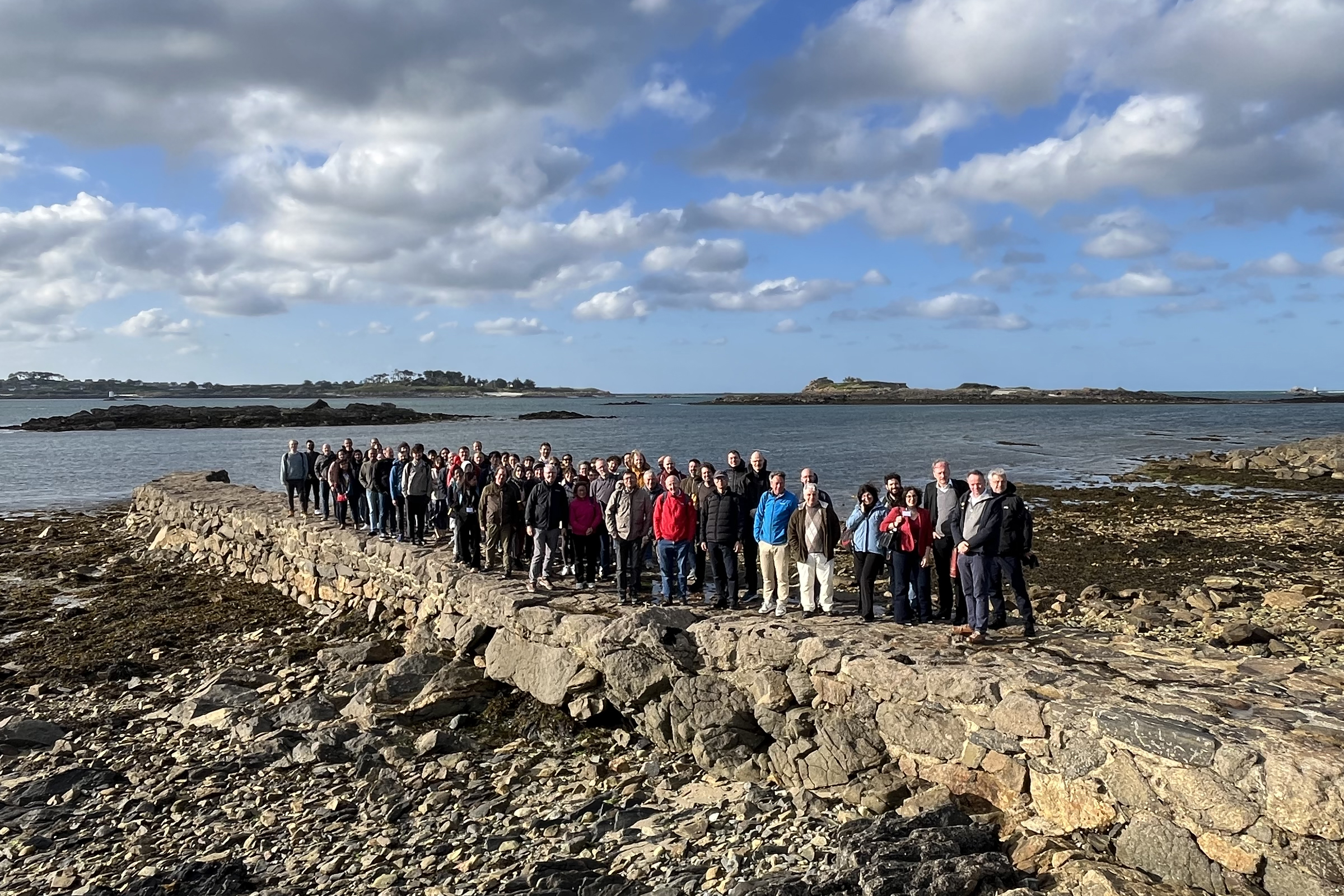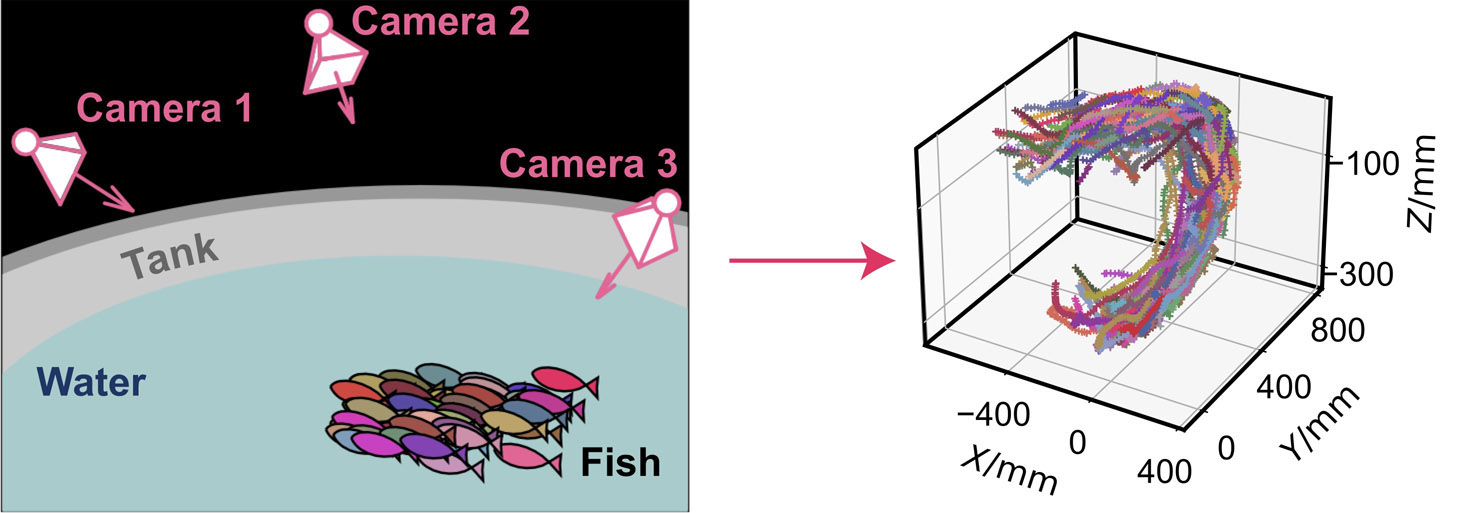
Thanks to all those who made ``Crystallisation and Self-Assembly: from Soft Matter to Pharmaceuticals to Biomineralisation'' such a success. Link to Workshop Website.

Two is company and three is a crowd in zebrafish. Yushi Yang's experiments and Alexandra Zampetaki's computer simulations show that only three zebrafish are sufficient to capture the multistate behaviour characteristic of much larger groups. This work was made possible by the Humboldt foundation's Bessel award which enabled Paddy to visit Prof. Hartmut Loewen in Duesseldorf. Press release and physics world coverage.

-
Congratulations to Xioayue Wu for the cover of Soft Matter with her paper "Tuning Higher Order Structure in Colloidal Fluids",
PDF download. -
The hard sphere review is finally published. Many thanks to Team Verily .
"Colloidal Hard Spheres: Triumphs, Challenges and Mysteries"
Rev. Mod. Phys. 96 045003 (2024) PDF download.
How do the interactions between individual constituents give rise to macroscopic behaviour in materials? Such a question underlies much of statistical physics, and indeed strikingly similar phenomena occur across a vast range of lengthscales from molecules to mesoscopic colloids and even animals. We study collective phenomena across these lengthscales using real space analysis (microscopy or video imaging) experiments which are complemented by computer simulation.
To better understand these phenomena, we have introduced nano-real space analysis, a new experimental technique which allows us to "accelerate time by a factor of 1000 (so far), while our topological cluster classification is a novel method to gain insight into the detailed structure of amorphous materials.